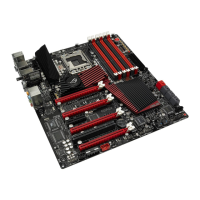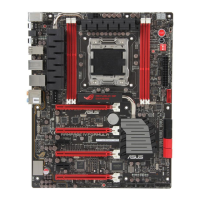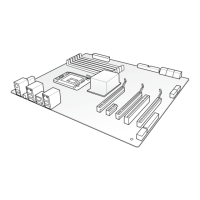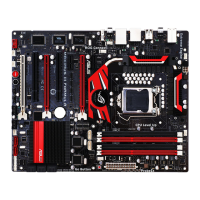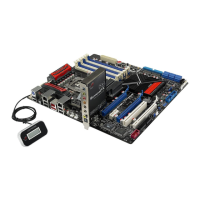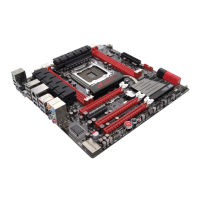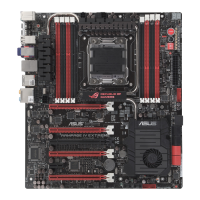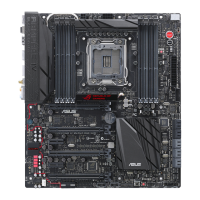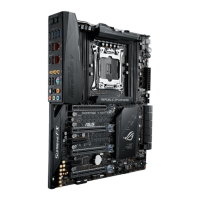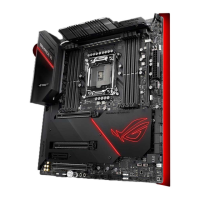Do you have a question about the Asus RAMPAGE III FORMULA and is the answer not in the manual?
FCC compliance statement for the device.
Canadian compliance statement for radio noise emissions.
Information on the REACH regulatory framework compliance.
Precautions to prevent electrical shock and damage.
Guidelines for safe handling and environmental conditions.
Outlines the structure and content of each chapter.
Explains typography conventions for menu items, keys, and commands.
A welcome message and introduction to the motherboard.
List of items included in the motherboard package.
Overview of advanced features and technologies.
Safety precautions for hardware installation and configuration.
Layout and components of the motherboard.
Installation and details of the CPU socket and processor.
Information on DIMM slots, memory configurations, and installation.
Details on PCI Express and PCI slots for expansion cards.
Explanation of jumpers and their functions for system configuration.
Guide on installing the I/O shield for proper chassis fit.
Identification and description of rear panel and internal connectors.
Initial system startup procedures and POST checks.
Procedures for shutting down the computer.
Utilities and procedures for BIOS management and updates.
Guide to navigating and using the BIOS setup utility.
Configuration options for overclocking-related settings.
Overview of basic system information displayed in the BIOS.
Settings for CPU, chipset, and other system devices.
BIOS settings for Advanced Power Management (APM).
Configuration of system boot options and sequence.
Access to special function utilities like EZ Flash.
Options for saving, discarding changes, and loading defaults.
Steps for installing OS on the motherboard.
Contents and usage of the motherboard support DVD.
Overview of software applications provided on the support DVD.
Explanations and setup of RAID configurations.
Steps to create a RAID driver disk for OS installation.
Installation and configuration of ATI CrossFireX graphics cards.
Installation and configuration of NVIDIA SLI graphics cards.
| Model | RAMPAGE III FORMULA |
|---|---|
| CPU Socket Type | LGA 1366 |
| Chipset | Intel X58 |
| Max Memory | 24GB |
| PCI Express 2.0 x16 | 3 |
| PCI Express x4 | 1 |
| SATA 3Gb/s | 6 |
| RAID Support | 0/1/5/10 |
| Audio Chipset | Realtek ALC889 |
| Form Factor | ATX |
| Supported CPU | Intel Core i7 |
| Memory Standard | DDR3 2200(O.C.)/2133(O.C.)/1600/1333/1066 |
| PCI Slots | 1 |
| SATA 6Gb/s | 2 |
| LAN | Gigabit Ethernet |
| Audio | 8-Channel High Definition Audio |
| Audio Channels | 8-Channel |
| USB 2.0 | 12 x USB 2.0 ports (6 at back panel, 6 at mid-board) |
| USB 3.0 | 2 |
| eSATA | 1 |
| Dimensions (W x L) | 30.5 cm x 24.4 cm |
| Power Pin | 24-pin |

